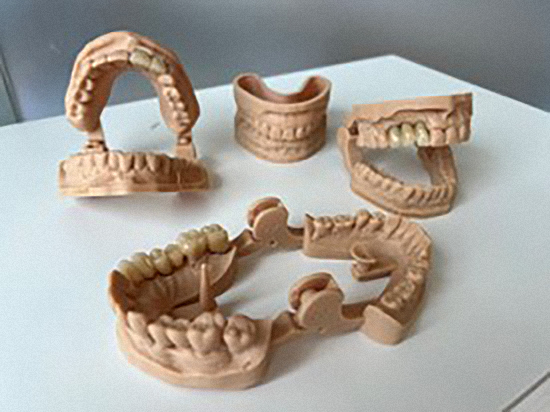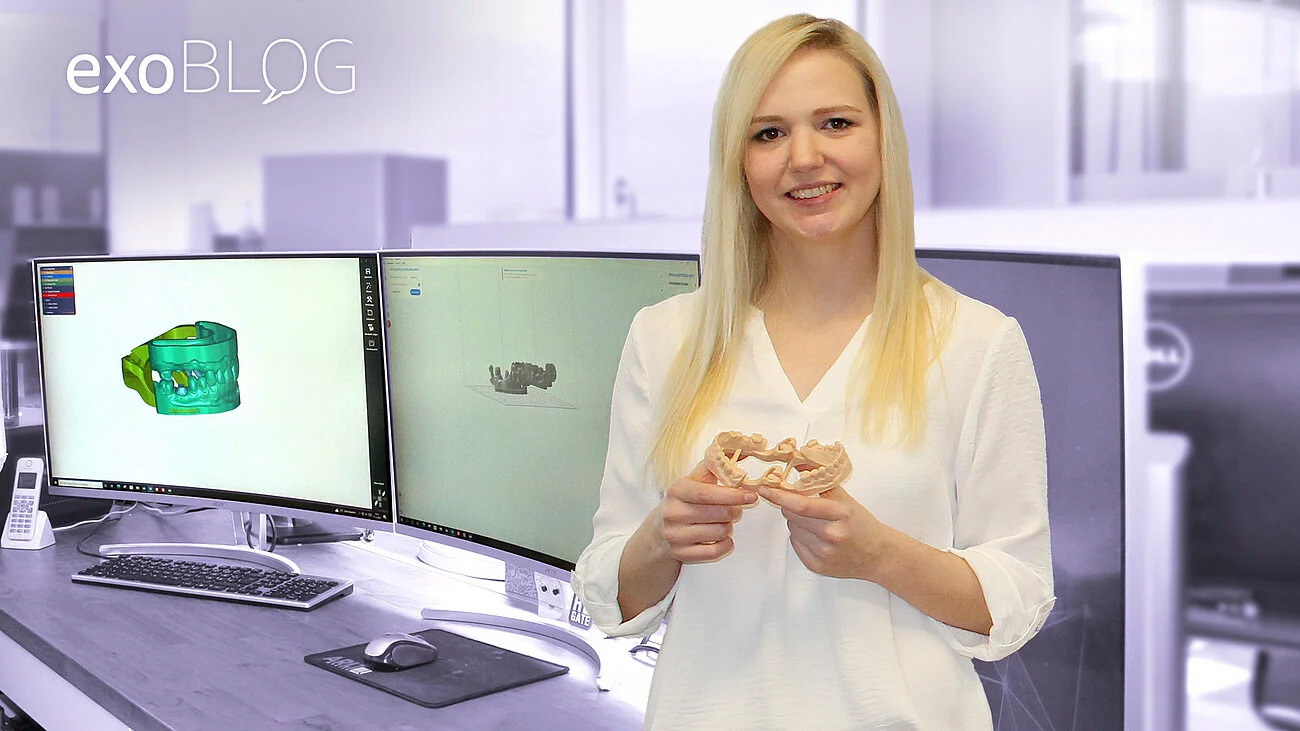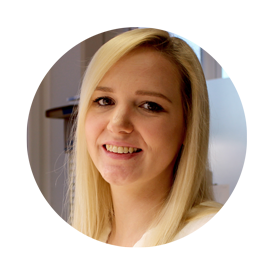Dynamic occlusion in a snap—why one lab tech loves xSNAP
In our drive to simplify and streamline life for you hardworking lab techs and dentists, we recently launched the xSNAP Module—a module that lets you create models with printable articulators. We wanted to hear from those who have started using the dynamic occlusion module to see how it’s impacted their workflows. Melanie Weimer at the dental lab Zirkon Customs in Friedberg, Germany, took a pause during a busy day to share her thoughts about the module and a bit about herself.
Q: What is your role at the dental lab?
A: I am responsible for all digital work. I design all the jobs we receive digitally—from single-tooth crowns to complete maxillary and mandibular restorations. I am also responsible for implant planning in the lab and creating surgical guides, which I then fabricate with the 3D printer.
Q: What do you like about your job and why?
A: I love the digital workflow. I love designing my work on the PC using CAD software and then producing it using milling machines or 3D printers. That way, at the end of the day, I can hold in my hand a custom-made work of art that I have created myself.
Q: How was the transition from analog to digital with exocad?
A: For me the transition was very easy because I have always been very interested in the digital world, having grown up with it. I also watched a lot of tutorials on YouTube in the beginning, so I was able to learn the functions of exocad very quickly.
Q: How did you hear about the xSNAP Module?
A: I became aware of the xSNAP Module through colleagues who work in the same industry. They thought it was simply great not to have to mount the models that you have to print anyway with plaster in the analog articulator. That convinced me right away.
“I even have a little tip. If your printed material tends to stick a little bit, I use a brush to put a little talcum powder or baby powder on the joints and the rows of teeth, which makes the jaw movements run even smoother.”
Q: How intuitive was it to use the xSNAP Module for the first time?
A: When I printed an xSNAP model for the first time, I was impressed by how easy and natural this "mini" articulator was to use. The models can be connected very easily with one click and the jaw movements can then be imitated very simply in the hand. I even have a little tip. If your printed material tends to stick a little bit, I use a brush to put a little talcum powder or baby powder on the joints and the rows of teeth, which makes the jaw movements run even smoother.
Q: How did you learn to incorporate it into your work?
A: In the past, we either articulated the models or used other clip-clap (occludator) articulators with plug-in connections. At that time, this was always associated with additional work,

Maxilla and mandible with integrated xSNAP articulator.
especially since the connection points quickly wore out and the pivot points were often in completely unnatural places. I then started to print more and more models in our lab with xSNAP and received positive feedback from my colleagues and customers, so I decided to equip all digital work with an xSNAP system.
“xSNAP has definitely improved our workflow. It completely eliminates the need to manually articulate models, and we can just stay in the digital workflow.”
Q: How has using the xSNAP Module changed your workflow?
A: xSNAP has definitely improved our workflow. It completely eliminates the need to manually articulate models, and we can just stay in the digital workflow. This saves a lot of money and time in the stressful daily lab routine. Another advantage is that with the xSNAP Module I can send the models to the dentist articulated without having to send an articulator or something similar.
Q: Would you recommend the xSNAP Module to others?
A: I would recommend the xSNAP Module to anyone who works digitally and produces models with a 3D printer. It's fast, easy and straightforward. It is a very well-thought-out system that, in my opinion, should not be missing in a digital workflow.

Mandible arch with Zirconia and ceramic-layered bridge
Q: Do you have any tips for other dental lab technicians starting their digital journey with exocad?
A: I can only recommend doing a basic course at the beginning to learn the basics of exocad. Otherwise, I’d also highly recommend the numerous videos that are now available on Youtube, and, of course, practice, try and keep at it! It is worth it!
Q: Do you have a favorite tooth?
A: Yes, the molar 26 is my favorite, as probably most technicians! I can't explain why, but I think it has something to do with its unique esthetics and characteristics.
Q: If you could travel anywhere for a day, where would it be?
A: I would love to go to Norway to see the Northern Lights.
Q: What advice would you give to your younger self?
A: This is a difficult question to answer, but I don't think I would do much differently, as dental technology is such a diverse and varied profession that is constantly reinventing itself and always using the latest trends and technology. It never gets boring!
Q: What word would you use to describe your experience with exocad?
A: Must-have!
In 2010, Melanie Weimer started her apprenticeship as a dental technician and successfully completed it in 2014. Since then, she has worked in various departments of dental technology as an all-rounder technician. Here she was able to further optimize her craftsmanship and demonstrate her skills in the field of ceramic anterior veneers. At the same time, she designed the frameworks that she later completed on the computer and produced them with the help of milling machines. This means that she created the work herself from start to finish and was thus able to learn the complete process.
About three years ago, she successfully completed her training for the exoplan software, among other things, and has continued to improve her knowledge in this area. Today, her main tasks include implant planning as well as the creation of surgical guides, including complex cases. She has a leading role and is responsible for the entire CAD/CAM area at the lab where she works.

by Caitlan Reeg
Writer at exocad
Caitlan Reeg spends her days telling the world about the innovations her colleagues create. She’s passionate about healthcare, technology, and the ways the two interact to improve our lives. A former journalist, Caitlan has worked on staff at Dow Jones Newswires in Frankfurt and at the national public radio program Marketplace in Los Angeles.






